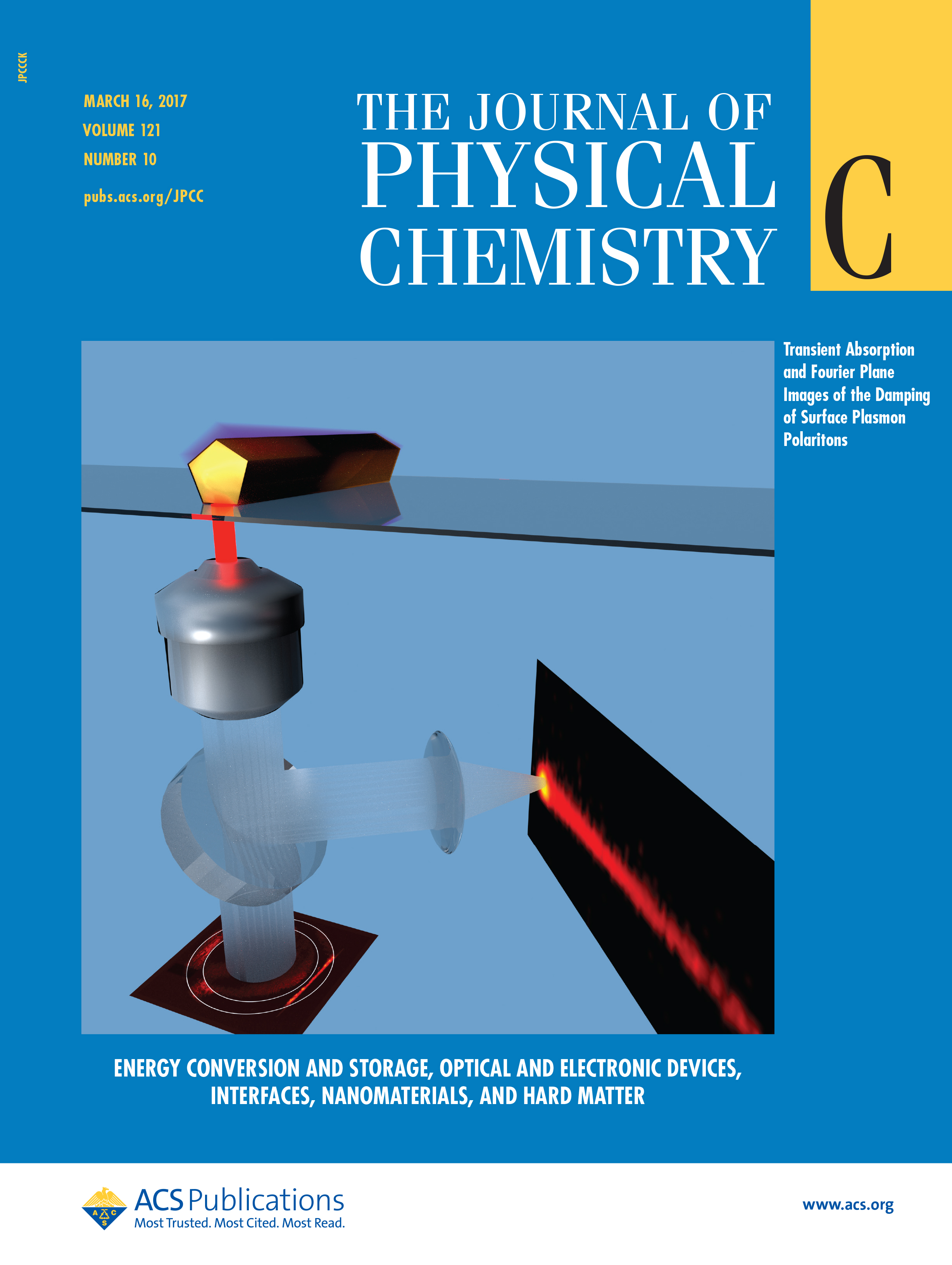Dynamics of Surface Plasmon Polaritons in Metal Nanowires
Metal nanostructures have found extensive use in a variety of applications in chemistry, including as substrates for molecular sensing and surface enhanced spectroscopy and as nanoscale heaters for photothermal therapy. These applications depend on the strong absorption and field enhancements associated with localized surface plasmon resonance (LSPR). This has led to a number of studies of how the LSPR line width, which measures energy losses for the coherent electron motion, depends on the size and shape of different types of metal nanoparticles, and the environment around the particle. Extended metal nanostructures, such as nanowires and nanoplates, display propagating surface plasmon modes, termed surface plasmon polaritons (SPPs), in addition to LSPRs. These modes are important for applications where metal nanostructures are used as waveguides. However, less is known about the damping of the propagating SPPs compared to the LSPRs. The energy losses for the propagating SPP modes can be investigated by measuring propagation lengths. The goal of this Feature Article is to review recent experiments that have provided quantitative information about the propagation lengths of SPPs in metal nanostructures, and to provide a physical understanding of the important factors in SPP damping.


Leave a Reply